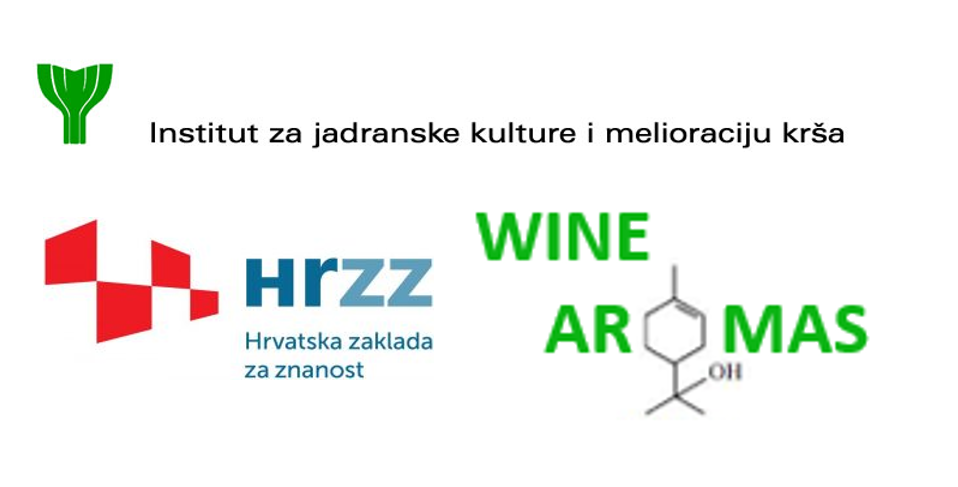Current knowledge has shown marked differences between S. cerevisiae and non-Saccharomyces ability to release thiols and other varietal aroma precursors available in grape. Lipids are among compounds in grapes which can play an important role in yeast metabolism because they are involved in the structure of yeast cells. In addition, yeast stress tolerance and its resistance to ethanol, acetic acid or acetaldehyde are strongly influenced by lipid composition of its cell membrane. The use of non-Saccharomyces yeasts derived from a vineyard ecosystem may enhance the typicity and authenticity of the respective local wines, bringing the vineyard microbiome to the fore of the terroir concept, often referred to as microbial terroir. To date, no information is available on the impact of native non-Saccharomyces yeasts isolated from the Croatian grapes on the aroma profile of wine. The main objectives of the proposed project are: O1: Isolation and identification of the native non-Saccharomyces yeasts from ‘Maraština’; O2. Screening of oenological characteristics of the native non-Saccharomyces yeasts from ‘Maraština’; O3. Determining the influence of specific native non-Saccharomyces yeasts on the varietal and fermentative aroma composition of wine ‘Maraština’. In cooperation with expert scientists in the field of metabolomics research at Fondazione Edmund Mach, Italy, (FEM) we will define the entire aroma profile, including compounds at very low concentration, to improve understanding of the impact of yeasts on the formation of relevant chemical compounds. This data set will help us investigate and understand the interactions between yeasts and the grape chemical compounds, primarily those responsible for the varietal aroma and those synthesized during the alcoholic fermentation of the grape variety cultivated in specific ecological conditions of warm Mediterranean climate. This project provides promising insights into potential new non-Saccharomyces starter cultures, with a number of species characterized in terms of potential effect on aroma profile following sequential fermentation with commercial S. cerevisiae strain. The results of this project will be useful for wine industry. It will constitute a solid basis for native non-Saccharomyces yeasts selection to provide winemakers more complex wine style.
